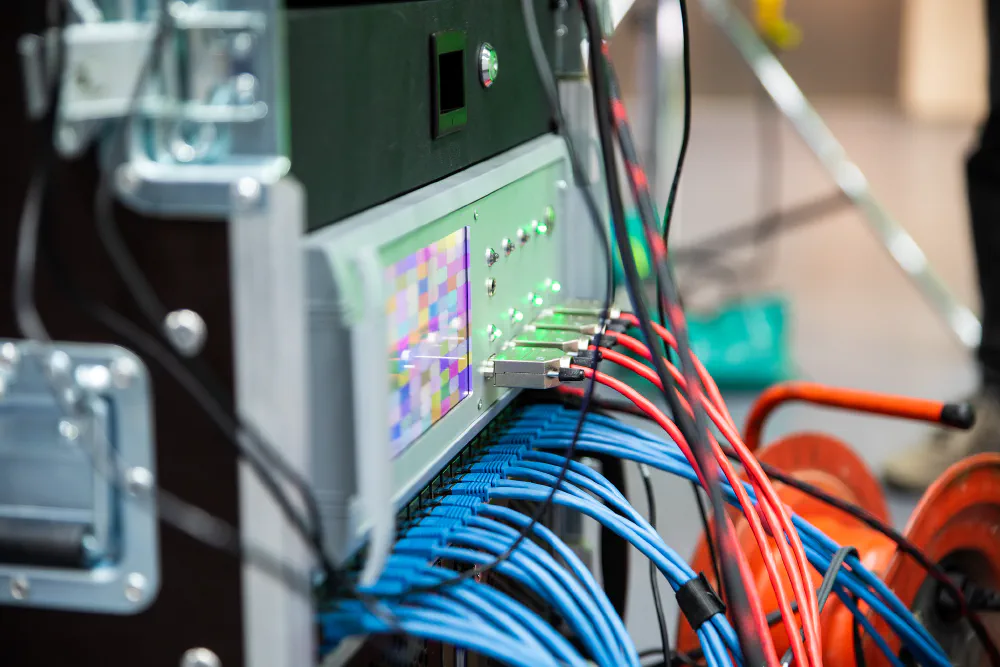TC Lab
Telecommunications Lab
Telecommunication is one of the fastest-evolving technology domains and has fundamentally changed our lives. On the one hand, telecommunication has become ubiquitous, and on the other hand, communication has evolved from textual over voice towards visual communication—natural for visual beings like us but challenging technologically.
Consequently, the Telecommunications Lab at Saarland University has two research foci: The future of video content and technologies to transmit such content wirelessly even under high mobility, e.g., in automotive applications. In both research areas, artificial intelligence in the form of deep neural networks plays an increasingly important role.
News #
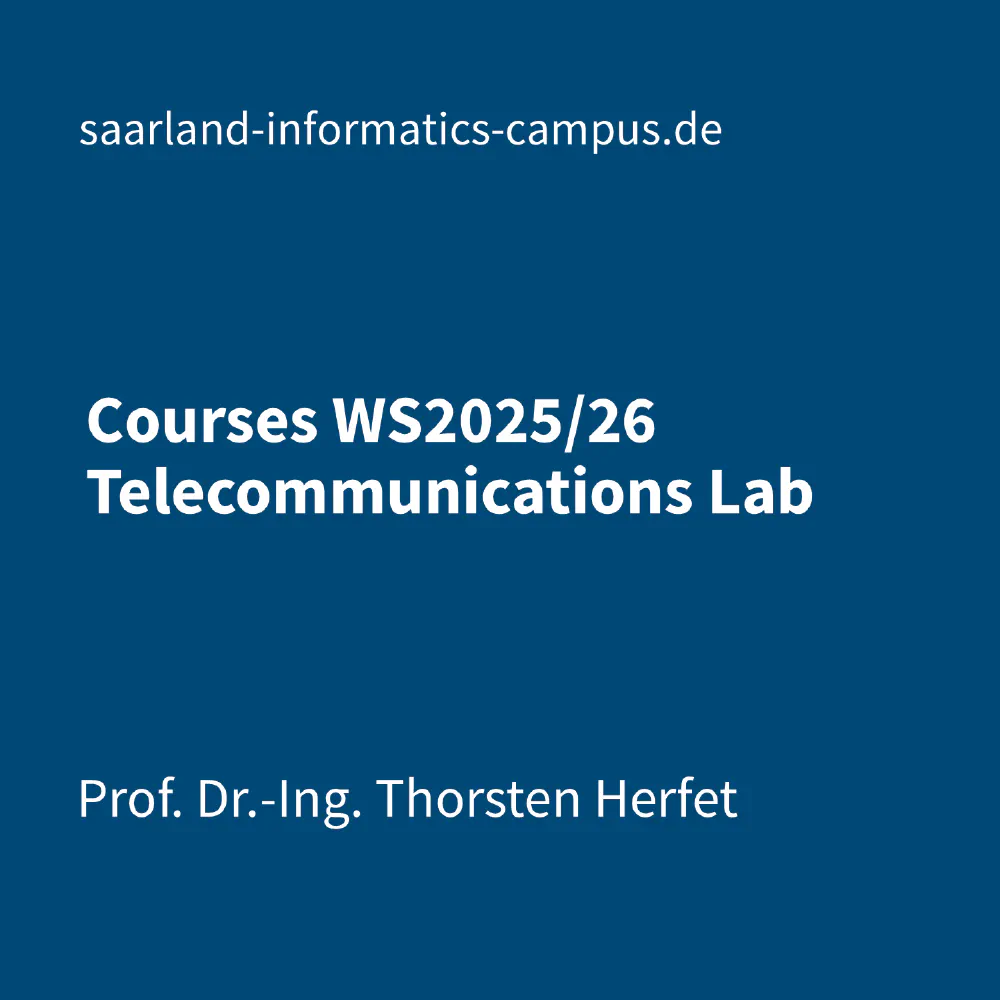
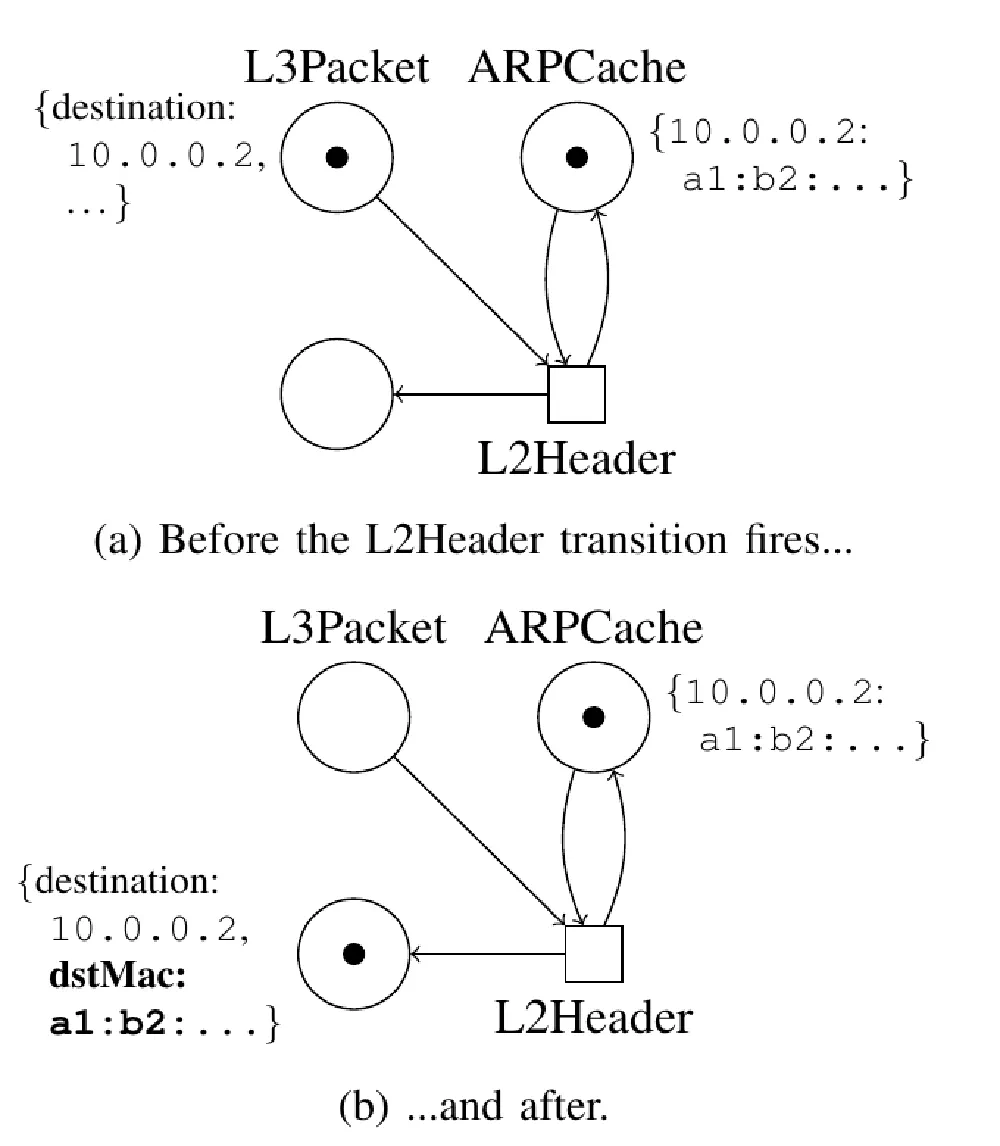
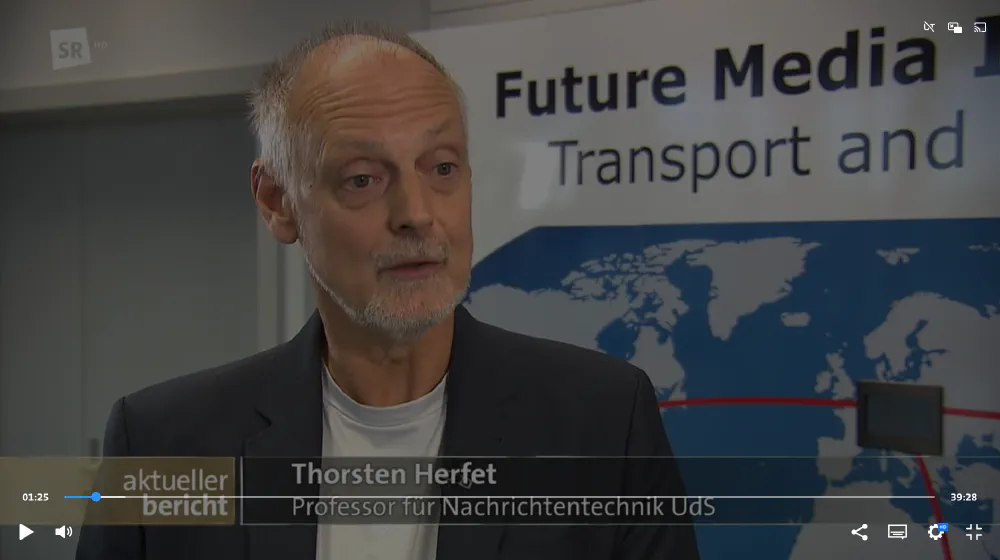
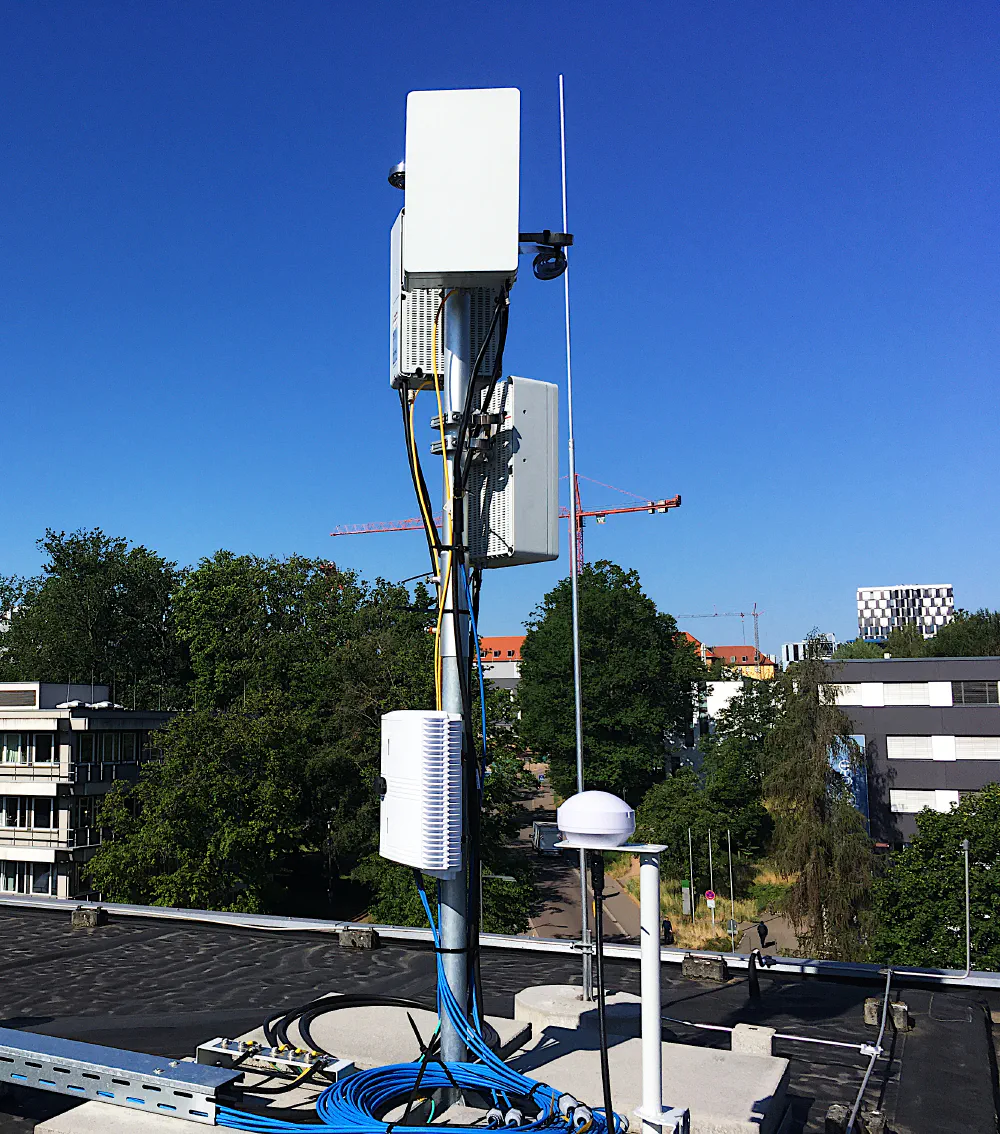
Light Field Capturing and Processing #
For 200 years, images have been two-dimensional arrays of colored pixels. Consequently, video has just been a fast enough sequence of such images. Today, all dimensions evolve at an unprecedented speed: The resolution of images, the number of images per second, the dynamic range, and the color depth of the pixels have increased the data by order(s) of magnitude. And even increasing the number of cameras to four or even more is common in smartphones.
Such multi-camera or light field arrays are at the forefront of research on how visual content wil be generated and processed in the future.
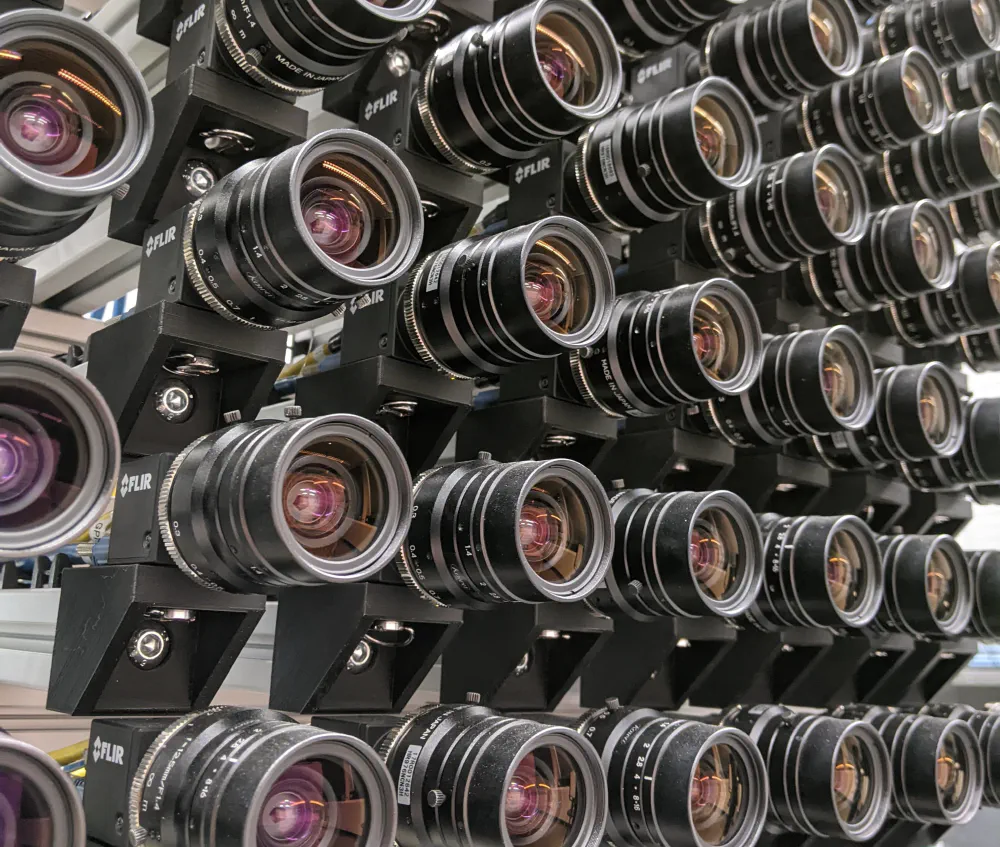
Latency-, Resilience- and Energy-aware Transmission #
Everything over IP and IP over Everything—Not only Wi-Fi but also cellular networks (5G and beyond) solely rely on IP (the Internet Protocol) for content encapsulation. But the Internet has primarily been designed for reliable data transfer. It cannot deal with loss-tolerant traffic, and it typically doesn’t have any notion of latency or timing.
With the Predictably Reliable Realtime Transport (PRRT) the Telecommunications Lab introduced an IP-based transport protocol enabling latency-, resilience- and energy-awareness. Applications can state their requirements and the transport layer’s error handling is adapted on the fly—even on embedded, resource-constraint devices—to meet those requirements and transmit near the information-theoratical limit.
We also operate the 5G Campus Network at Saarland University.
